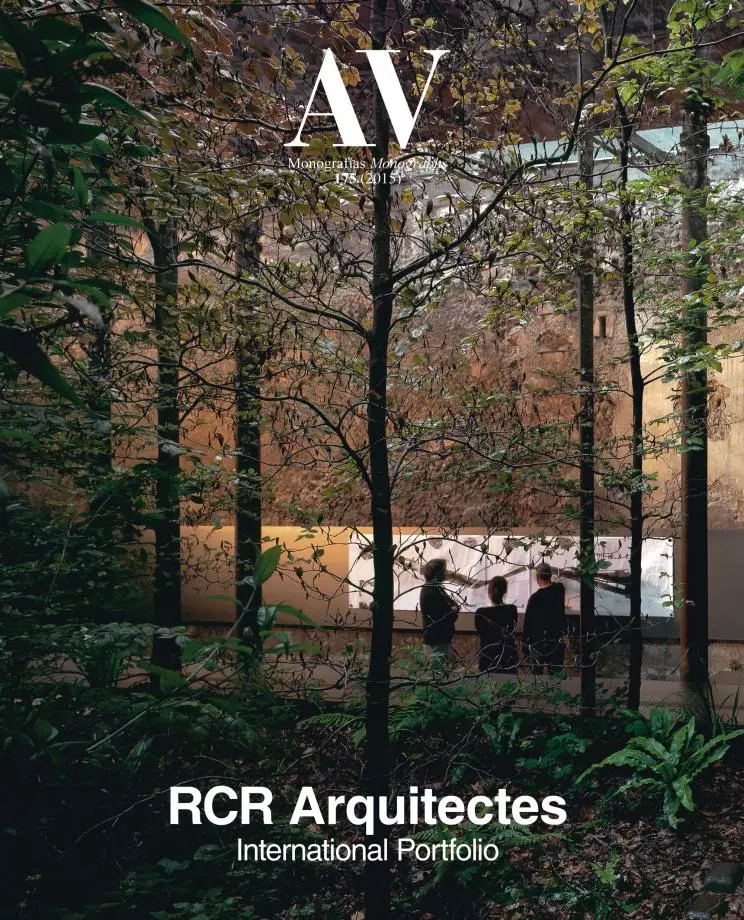Dark Matter

In an era that enjoys bandying around slogans, it is as well to be reminded that the first task of criticism is to respond to constructed works. Nothing can replace the direct experience of buildings and the gradual understanding of the thoughts, images and inspirations behind them. Evaluation has to take into account both the task and site facing the designer, and the structure of intentions guiding the main decisions of the design process. Inevitably there are conflicts in this trajectory, some more resolved than others. The critic needs to penetrate beneath a building’s surface to grasp its conceptual anatomy before considering the relative success or failure in the translation of the guiding ideas into space, form and material.
The question of ‘appropriateness’ inevitably hovers over this endeavour although here there are no clear recipes in an era characterised by extreme pluralism of expression. Of course it is also the business of buildings to solve practical and human problems with apt structural and material means. Beyond the pragmatic there is the realm of meaning that is likely to combine several levels from the overt to the hermetic. Architecture is there, among other things, to elevate experience to another level. One of the aims of criticism is surely to assess the long-term value of a work ? not just in relation to contemporary architectural developments and present social needs, but also in relation to the history of architecture in a broader sense...[+]





